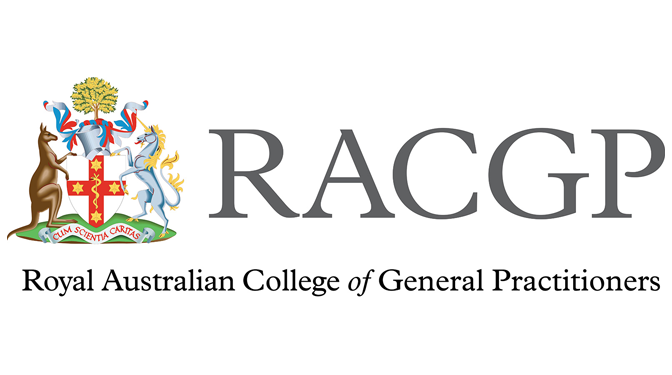Does your practice adhere to RACGP guidelines and standards for general practices?

The Royal Australian College of General Practitioners or RACGP has formulated guidelines in order to ensure that practice facilities meet occupational health and safety requirements and create a safe and effective environment that enables general practitioners (GPs) and staff to provide patients with effective care.
One key component of RACGP's recommendations pertains to equipment used for administering comprehensive care. The body, which represents both urban and rural GPs, underscores the need for practices to provide and maintain the appropriate medical equipment and resources needed for comprehensive patient care and resuscitation.
Among the comprehensive primary care equipment that the RACGP recommends GPs to have readily available are:
-
Auriscope
-
Blood glucose monitoring equipment
-
Disposable syringes and needles
-
Examination light
-
Eye examination equipment
-
Sterile and non-sterile gloves
-
Height measuring device
-
Measuring tape
-
Monofilament for sensation testing
-
Ophthalmoscope
-
Oxygen
-
Patella hammer
-
Peak flow meter
-
Pulse oximeter
-
Scales
-
Spacer for inhaler
-
Specimen collection equipment
-
Sphygmomanometer
-
Stethoscope
-
Surgical masks
-
Thermometer
-
Torch
-
Tourniquet
-
Urine testing strips
-
Vaginal specula
-
Visual acuity charts
-
X-ray viewing facilities
The RACGP also recommends that practices should have equipment for resuscitation, maintaining an airway, ventilation assistance, and IV access, as well as emergency medicines.
If a spirometer and electrocardiograph are not available in the GP facility, the RACGP recommends having these two be readily accessible. In an ideal scenario, a practice should invest in these pieces of equipment. However, some practices make arrangements with nearby facilities in order to gain timely access to these. Should a practice choose to invest in these, it must make sure that the staff assigned to operate these are given adequate training not only in their operation, but also in the analysis of results and maintenance.
Another piece of equipment that the RACGP highly recommends for practices is the automated external defibrillator or AED. The body has cited studies conducted locally and internationally which indicate that the presence of an AED can increase the chance of survival after a cardiac arrest if immediate defibrillation is implemented.
Furthermore, the body recommends that this equipment should be sufficient for a practice to perform the procedures and treatments it commonly performs.
Additionally, the body encourages practices to properly maintain their equipment following a regular, documented schedule. That may include calibration of equipment or replacement of the batteries used by these. Quite simply, all the tools and equipment inside the practice should be in good working order and ready for use at all times.
How does your practice stack up?
AMA Medical Products
PS: Looking to add or upgrade medical products for your practice check out this great blog article; ‘Practice Set-Up made Easy’
References;
http://www.racgp.org.au/your-practice/standards/standards4thedition/physical-factors/5-2/practice-equipment/
